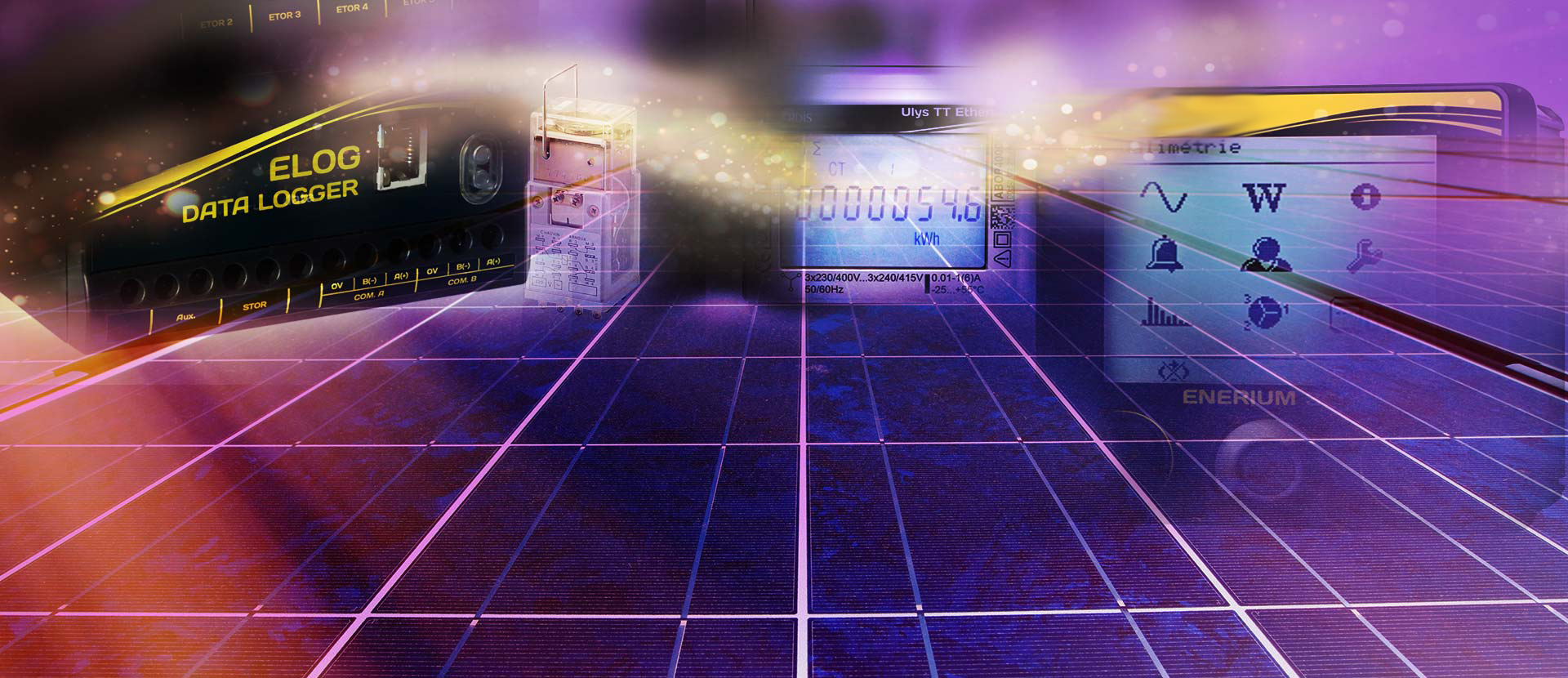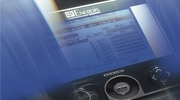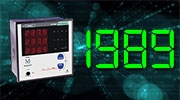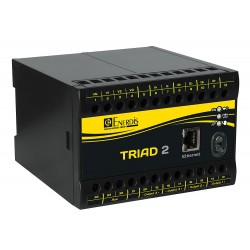Ask for more from your panel meters!
A comprehensive offering, multi-function, simplified programming, quick connection, mounting without tools, 48 x 96 mm format Two ranges of programmable panel meters, choose the instrument which suits you...
µDIGI 2 range
- Multi-fonction
- Memorized MIN/MAX values
- 2-relay alarm output board option
- Programming on front panel
µDIGI 2-E : DC voltage - DC current - AC voltage - AC current
µDIGI2-P : Process - Temperature - Potentiometer - Resistance
C.A 2150 range
- Multi-fonction
- 3 assignable display colours
- 3 inputs with logic functions
- Total or partial locking of programming
- 4 alarm thresholds
- Memorized MIN/MAX values
- Linearization of input signal over 10 segments
- Communicating
C.A 2150-E : DC voltage - DC current - AC voltage - AC current
C.A 2150-M : Process - Temperature - Potentiometer - Load cells
C.A 2150-D : Frequency meter - Tachometer - Meter - Chronometer
Download the commercial brochure
Digital panel meters are used to display an analogue value clearly and precisely.The digital processing enables these instruments to display different values, and allows connection to external measurement or supervision systems.
Several criteria influence the choice of a digital panel meter, the first being the scale or the measurement range, defined by the variation range of the signal to be measured.
The resolution
The number of display counts defines the resolution of the panel meter. The resolution is the necessary variation of the measurement signal required to vary the reading by one point. For a given rating, the greater the display capacity, the better the resolution. For example, for an 11-bit (2,000-counts) panel meter with a 20 V range, the resolution is 10 mV.
However, for industrial applications, it is not always wise to choose a digital panel meter of too high resolution. The measurement signal may be subject to noise interference, resulting in the permanent instability of lightweight display units.
Accuracy
Accuracy, which is not to be confused with resolution, defines the maximum variation between the instrument reading and the true value of the signal measured. It is expressed as follows: E = x% of the reading ± y counts.
The first term depends on the conversion method and the precision of the components, while the second depends on the various drift, dispersion, fluctuation and noise factors that can affect the instrument. The error is therefore constant over
the entire measurement range. This is one of the main advantages of the digital panel meter over the galvanometer, where the most accurate readings are obtained at the end of the scale.
Display
The visibility of panel meter display characters is directly linked to the light difference between the digits and the screen background. LEDs, LCDs and backlit LCDs offer different levels of readability. LED technology, used on most of the Chauvin Arnoux Energyrange of digital panel meters, offers the best display contrast. A choice of red, green and amber colours also ensures they are easy to read.
Display only or multifunction products?
Panel meters are increasingly universal, and must be able to display both strong signals, such as the voltage of a network, and weak signals such as process signals. Instruments with multiple inputs, calibres and outputs are increasingly equipped with digital
interfaces (RS232, RS485) for remote communication, analogue outputs, and relay or alarm interfaces for connection to logic controllers.
Number of digits and display counts
The display of a digital panel meter is characterized by the number of digits. We speak, for example, of 3 1/2 digit or 4 3/4 digit panel meters. A full digit has 10 possible states, in other words all values between 0 and 9.
A 1/2 digit has a maximum value of 1 and is capable of 2 states: 0 and 1.
A 3/4 digit can display a maximum value equal to 3 and has 4 states: 0, 1, 2, 3.
We can therefore expect a 3 1/2 digit panel meter to be capable of counting up to 2,000 (0 to 1,999), and a 4 3/4 digit panel meter to be capable of counting up to 40,000 (0 to 3,999). For this, the real display range of the apparatus must not be inferior.

















